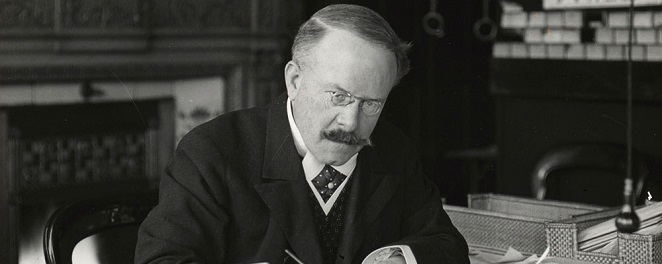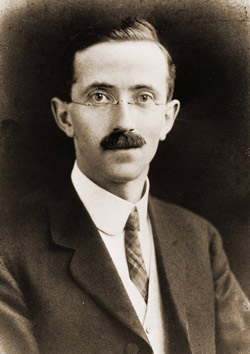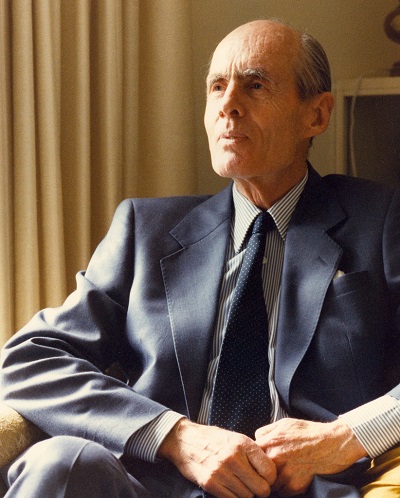You've heard of them, but do you know anything about Sue Ryder or Leonard Cheshire? Read on to uncover their remarkable stories
Sue Ryder
Sue Ryder as a charity is best known for its work running hospices and dozens of charity shops across the UK, but few know its founder worked for the British Secret Service during World War Two, escorting Polish airmen to top secret assignments in Europe.
Determined to help the millions of displaced people after the war, Ryder dedicated her life to humanitarian work supporting people with complex needs and life-threatening conditions across the UK and internationally.
She married another war hero and disability campaigner Leonard Cheshire, who himself went on to establish an eponymous charity (see below).
Later she became a life peer, taking the title Baroness Ryder of Warsaw in recognition for her charity work.
Ryder retired as a trustee and severed her links with Sue Ryder Care following a dispute with the other trustees, whom she accused of betraying her guiding principles.
In February 2000, less than a year before her death aged 76, Ryder set up the Bouverie Foundation (since renamed The Lady Ryder of Warsaw Memorial Trust) to continue charitable work according to her ideals. Its work includes providing accommodation in Lourdes for disabled pilgrims and their carers.

Thomas John Barnardo
It was a particularly virulent outbreak of cholera in London’s east end that led Thomas John Barnardo to set up a school to educate orphaned and destitute children in 1866.
An alternative to the workhouse, Barnardo’s schools served the twin purpose of educating children while also giving them a roof over their heads.
His tactics, however, were not without controversy and for some, he was considered the child catcher of his time. Many accused Barnardo of kidnapping children without parents’ permission and offalsifying photographs to make the children look more dishevelled and needy, making their transformation at his hands look more dramatic.
Barnardo described thistactic as “philanthropic abduction” arguing that the ends justified the means.
In all, he was taken to court on 88 occasions, largely on the charge of kidnapping. Being a charismatic speaker and popular figure, he rode through these scandals unscathed.
In the space of sevenyears or so, and still not 30, Thomas Barnardo had established a school, a home (and employment agency), and a mission church. He had acquired more than a dozen properties in east London – and even bought up a children’s magazine.
His legacy lives on though the charity carrying his name has since moved on from education and remains one of the leading charities representing children and young people in the UK. He died on 19 September 1905 aged 60.

Douglas Macmillan
It was the death of his father from cancer that led Douglas Macmillan to dedicate his life to helping people with the disease. The seventh of eight children, Macmillan went on to found the Society for the Prevention and Relief of Cancer in 1911, which would latterly be known as Macmillan Cancer Support.
Macmillan’s vision of a series of homes for cancer patients throughout the land, where care would be provided free or at low cost, pre-dated the NHS by several decades.
Douglas also wanted advice and information to be provided to all people with cancer and voluntary nurses to attend to patients in their own settings – a revolutionary idea in its day.
For this he recruited an army of willing volunteers which became known as Macmillan nurses.
A Christian and vegetarian, Macmillan spent part of his time promoting the ethical arguments of a meat-free diet to other Christians.
He died in 1969 aged 85. In 1997, a blue plaque was erected to honour him at his former residence of in London’s Pimlico.

Marie Curie
Warsaw-born Marie Curie was the first woman to win the Nobel prize for pioneering work on radioactivity. The new found method was to provide a boon in treating cancer and her work became the inspiration behind the Marie Curie Hospital in London’s Hampstead which was to specialise in the method.
The Marie Curie International Memorial was formally established on 6 July 1948, and shortly afterwards became the Marie Curie Memorial Foundation. This was the beginning of the charity that is now known as Marie Curie.
Curie herself was selflessly charitable, almost to a fault. Known for her honesty and moderate life style, she returned a scholarship awarded in 1893 as soon as she began earning her keep.
She gave much of her first Nobel Prize money to friends, family, students, and research associates. Curie also intentionally refrained from patenting the radium-isolation process she invented, so that the scientific community could do research unhindered.
She insisted that monetary gifts and awards be given to the scientific institutions she was affiliated with rather than to herself. She and her husband Pierre Curie often refused awards and medals. Albert Einstein reportedly remarked that she was probably the only person who could not be corrupted by fame.
She died aged 66 in 1934 from an illness believed to have been provoked by her exposure to radiation. Curie’s charitable legacy and pioneering invention lives on through the charity that carries her name.

Leonard Cheshire
Leonard Cheshire the charity is best known for its disability services as well as campaigning for the rights of disabled people across the UK. It’s an ethos its founder and namesake dedicated his life to, having set up homes for ex-service personnel after the Second World War, driven by what many saw as an unquenchable Christian mission.
Cheshire first made his name for selfless action during the war, receiving the highest accommodate in the military – the Victoria Cross – not for one act of bravery but for four years’ accumulated courage as an RAF fighter pilot and highly respected squadron leader.
Post war he hatched a plan to create a community of veterans who could feel safe together sheltered from the pressures of civilian life after many harrowing years fighting.
At the beginning of 1949, eight patients were staying at the veterans’ home he set up in Hampshire, six months later there were 28. Cheshire dedicated the rest of his life to supporting disabled people, combining this with lecturing on conflict resolution.
Cheshire married Sue Ryder in Bombay in 1959. He and Baroness Ryder were one of the few couples to both hold titles in their own right. He died in 1992 from motor neurone disease.
Today the charity provides care in people’s own homes, in supported rented accommodation, in residential homes, in day centres and through respite services.
It also runs the Global Alliance of Leonard Cheshire charities which works to improve the lives of disabled people in 54 countries.






